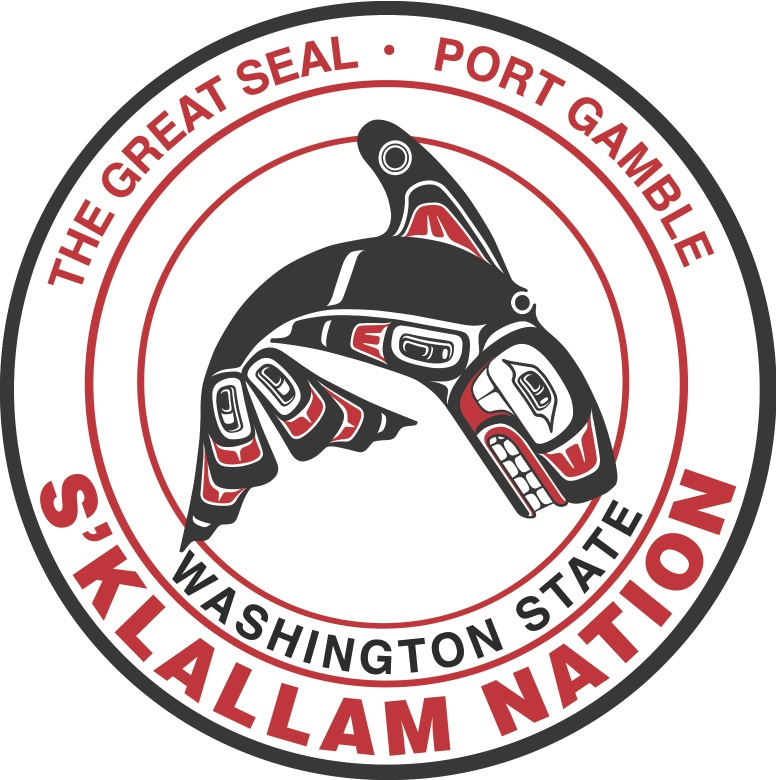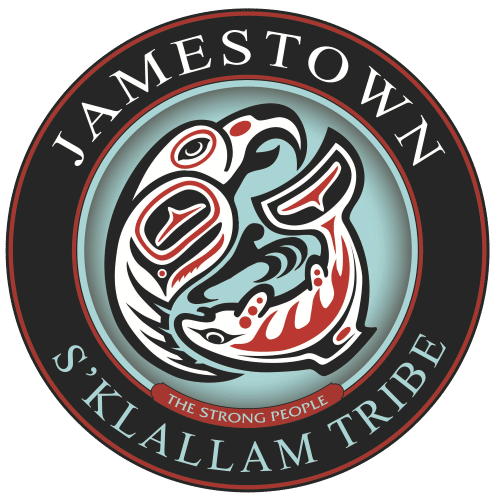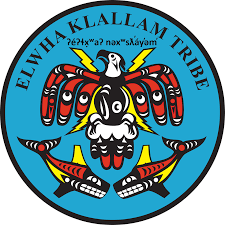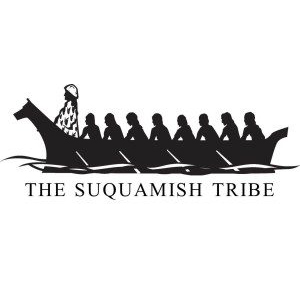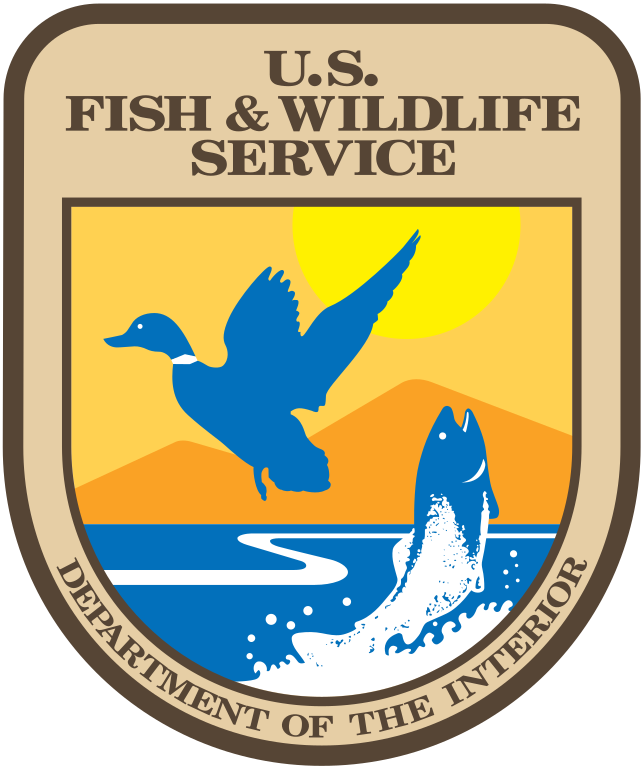Port Gamble Bay Natural Resource Damage Assessment (NRDA)
A Natural Resource Damage Assessment (NRDA) is a legal process designed to restore natural resources in an area harmed by hazardous materials. It's run by a trustee council that includes representatives of tribes and federal and state agencies.
The trustees assess the impacts of contamination through a science-based consensus process. Then, they design and adopt a restoration plan. The restoration projects compensate the public for natural resources lost due to impacts from contamination. Port Gamble Bay is one of many NRDA cases across the country.
How NRDA works
The NRDA process uses scientific methods to evaluate impacts to natural resources from releases of oil and other hazardous substances. It also determines what activities will:
- Restore, replace, or acquire the equivalent of the natural resources injured.
- Compensate the public for the loss of the injured natural resources.
Once the trustee council adopts a restoration plan, the parties responsible for the damage can complete the restoration projects, or pay monetary damages to the Trustees to use for the projects.
Governmental bodies that hold natural resources in trust for the public, known as natural resource trustees, can conduct a NRDA. Federal laws, such as the Comprehensive Environmental Response, Compensation and Liability Act (CERCLA), and the Oil Pollution Act (OPA), and state laws, such as the Model Toxics Control Act (MTCA), authorize trustees to do this work.
A Trustee Council guides the process
In 2014, federal, state, and tribal entities with natural resource trust authority in the Port Gamble area formed the Port Gamble Bay Trustee Council. Ecology became the lead administrative trustee in 2020.
Port Gamble Bay Trustees
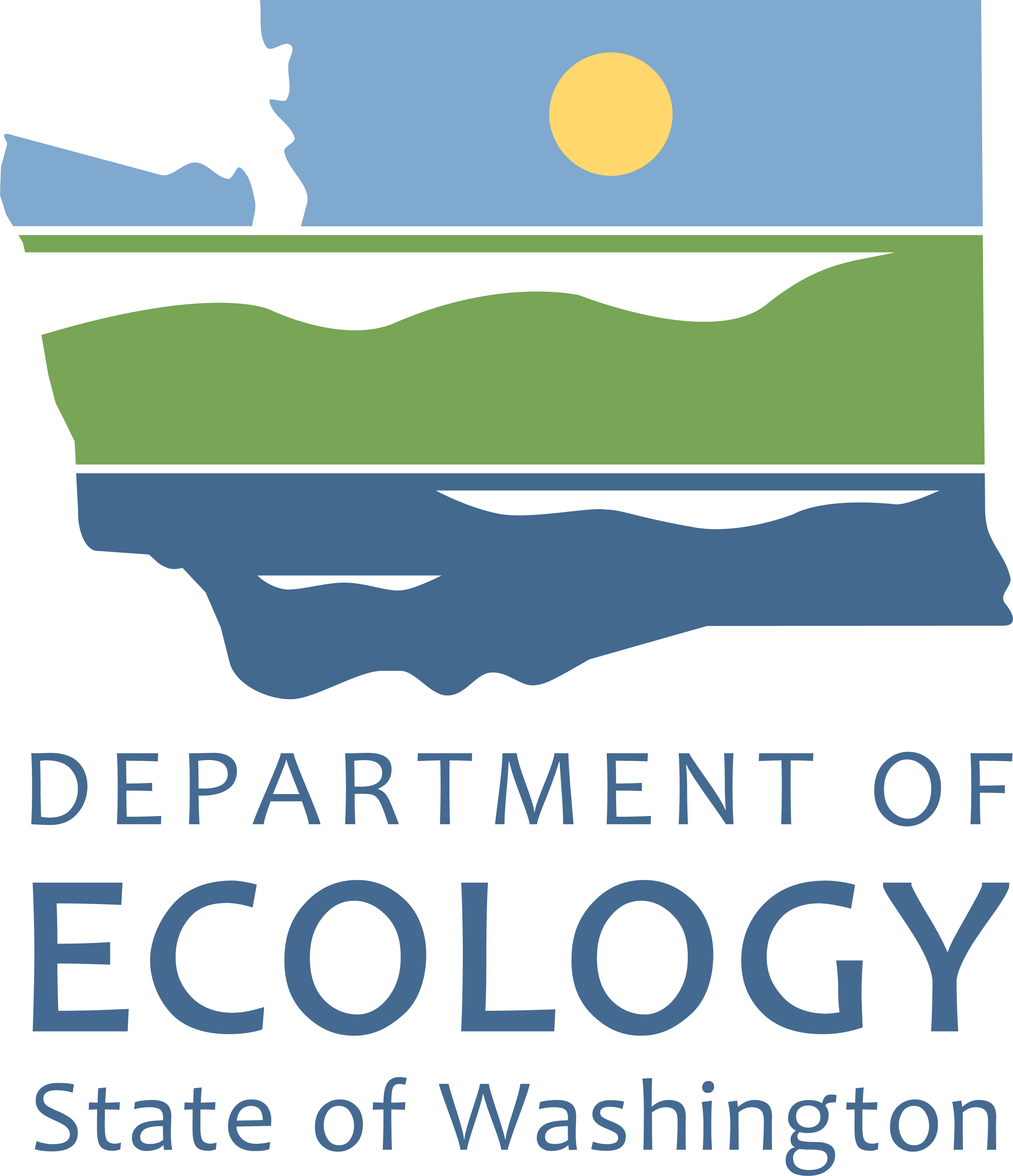
Related links
Contact information
Susannah Edwards
Habitat Restoration Specialist
susannah.edwards@ecy.wa.gov
360-280-1963


